Filter News
Area of Research
News Type
Date
Media Contacts
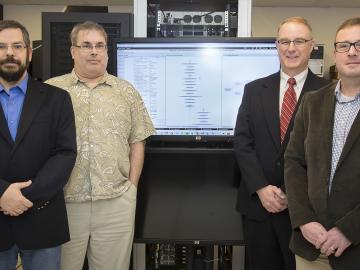
The commercial licensing of a cyber security technology developed at the Department of Energy's Oak Ridge National Laboratory has been recognized by the Federal Laboratory Consortium for Technology Transfer (FLC) as a top example of moving technology

Since lasers were first produced in the early 1960s, researchers have worked to apply laser technology from welding metal to surgeries, with laser technology advancing quickly through the last 50 years. Surgery, chemotherapy, and radiation therapy all play important roles...
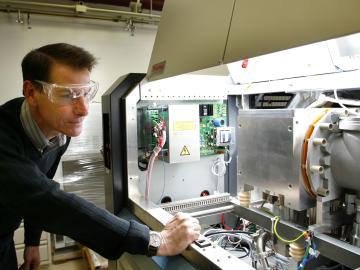
A group of nuclear detectives at the Department of Energy’s Oak Ridge National Laboratory takes on tough challenges, from detecting illicit uranium using isotopic “fingerprints” to investigating Presidential assassination conspiracies.

Researchers at the Department of Energy’s Oak Ridge National Laboratory will support two new DOE-funded projects to explore, develop and demonstrate advanced nuclear reactor technologies. The projects announced Jan. 15 will allow industry-led teams with participan...
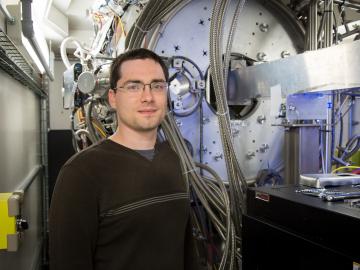
Rechargeable batteries power everything from electric vehicles to wearable gadgets, but obstacles limit the creation of sleeker, longer-lasting and more efficient power sources. Batteries produce electricity when charged atoms, known as ions, move in a circuit from a positive end ...
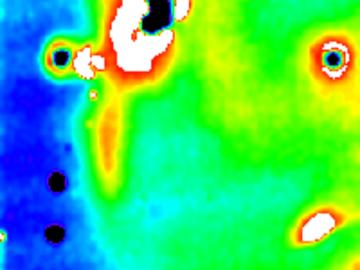
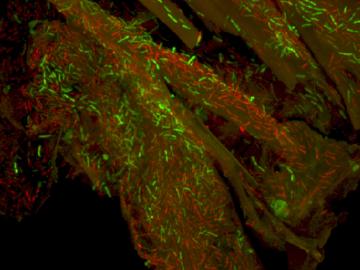
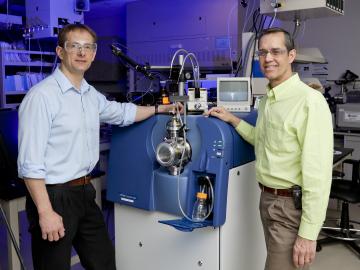
The Department of Energy’s Oak Ridge National Laboratory and SCIEX of Framingham, Mass., have signed a licensing agreement for technologies that speed up, simplify and expand the use of analytic chemistry equipment. SCIEX is a leading manufacturer of mass spectrome...
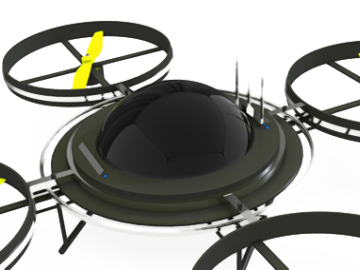
With the creation of the Unmanned Aerial Systems Research Center (http://uasresearch.ornl.gov), Oak Ridge National Laboratory makes available tools and capabilities with applications in environment, energy





